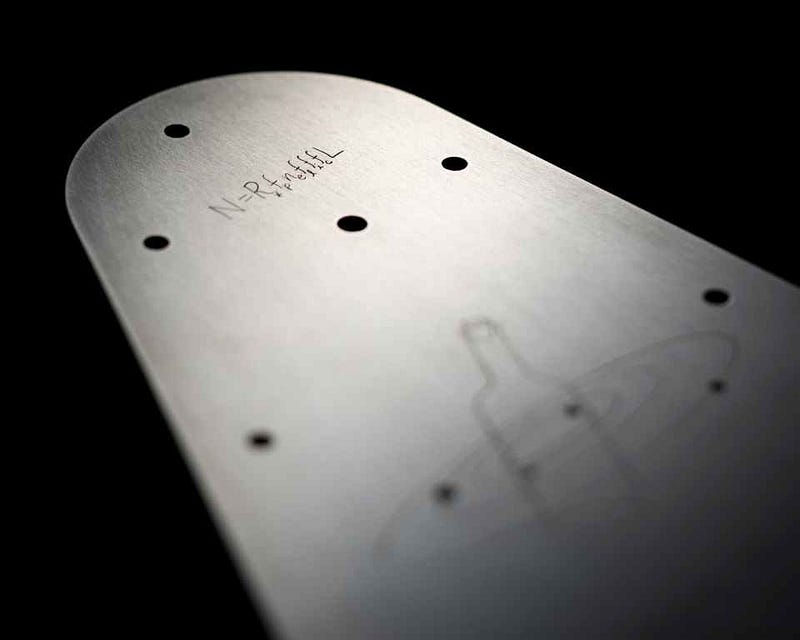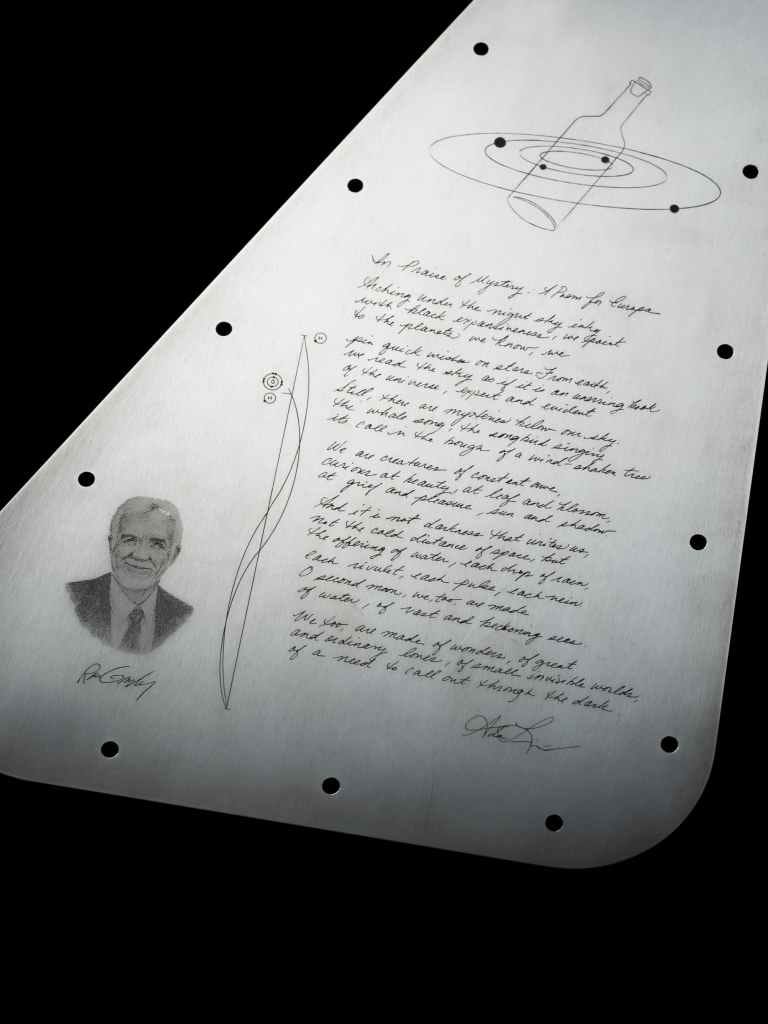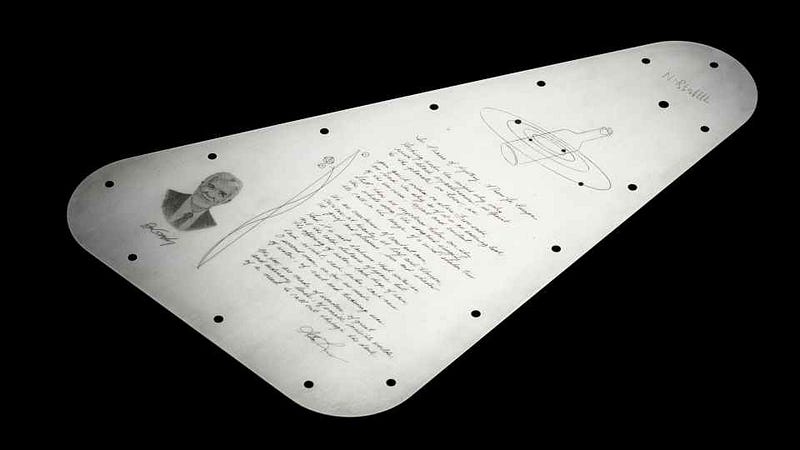Exploring Europa: NASA's Ambitious Message to the Cosmos
Written on
Chapter 1: A New Endeavor in Space Exploration
A remarkable initiative is taking shape in the vastness of space. NASA's ambitious Europa Clipper mission is set to send a significant message from humanity to the distant, icy moon of Jupiter, Europa. This mission reflects our ceaseless curiosity to unlock the secrets of the universe and marks a pivotal moment in our quest to understand our place in it.
The Stellar Journey
In its mission to delve into the unknown, the Europa Clipper spacecraft embodies humanity's enduring fascination with the cosmos.
- Spacecraft Type: Orbiter
- Launch Window Opens: October 10, 2024
- Scientific Instruments: 9
- Science Target: Europa
- Jupiter Orbit Insertion: April 2030
The primary aim of the Europa Clipper is to investigate whether environments beneath Europa's icy surface might harbor life. This mission is crucial for scientists striving to comprehend the moon's ice shell, underlying ocean, and geological composition, thereby assessing its potential for supporting life beyond Earth.
The Europa Clipper will be Earth's first mission dedicated to conducting detailed examinations of Jupiter's intriguing moon, Europa. The spacecraft is poised to embark on an extraordinary journey, performing nearly 50 precise flybys of this enigmatic moon. As it orbits Jupiter, the spacecraft will approach within just 16 miles (25 kilometers) of Europa's surface, charting diverse regions to gather comprehensive data that could reveal the secrets hidden within this icy realm.
The Search for Life
The mission is centered on the search for extraterrestrial life. Evidence suggests that Europa possesses a substantial ocean of liquid water beneath its frozen exterior, making it a prime candidate for discovering habitable conditions nearby. The Europa Clipper mission aims to investigate whether life-sustaining environments exist beneath the moon's surface.
Equipped with cameras, spectrometers, and radar, the spacecraft will analyze Europa’s surface, atmosphere, and subsurface water. It will also include instruments designed to assess the composition of particles in the moon's atmosphere and its surrounding environment. The mission aspires to uncover vital information regarding Europa's ocean and internal structure through magnetometer and gravity measurements. Additionally, thermal instruments will locate warmer regions of ice and possible recent water eruptions, providing crucial insights into Europa's composition and environment.
The Cosmic Postcard
The Europa Clipper's cargo represents humanity's unwavering desire to connect with the cosmos. A microchip, roughly the size of a dime, will feature an illustration of a bottle within the Jovian system, symbolizing NASA’s “Message in a Bottle” initiative that includes over 2.6 million names.
A triangular metal plate will honor this connection to Earth in multiple ways. It features a poem by U.S. Poet Laureate Ada Limón, titled “In Praise of Mystery: A Poem for Europa.” Additionally, the plate includes the Drake Equation, a tribute to the idea that we can estimate the likelihood of finding life in the universe. There are also representations of “Water Hole” radio emission lines, linking water to the search for life beyond Earth, symbolized by the chemical symbols for hydrogen (H) and hydroxyl (OH), which represent the components of water.
A Tribute to Exploration
The Europa Clipper mission is driven by a team of exceptional scientists and engineers, many of whom played significant roles in NASA’s New Horizons mission that explored Pluto. Several team members have collaborated for decades, exploring Europa and other icy moons through missions like Cassini, Galileo, and Voyager.
Discover the full team here.
Visual Insights




Did You Know? — Interesting Facts
Europa's ocean is believed to contain twice the volume of all of Earth's oceans, hidden beneath its icy surface. Furthermore, the word “water” has been transmitted to Europa in 103 different languages, encoded in waveforms on the spacecraft's metal plate.
What are your thoughts on this cosmic message? Join the discussion in the comments below. Let's share our passion for space exploration and continue to tell our celestial stories. Don’t forget to subscribe and join our journey through the cosmos!
Chapter 2: Voyager's Ongoing Legacy
In this captivating video, learn about Voyager's incredible 45-year journey through space and the warning signals it's sending back to Earth!
Discover the latest updates from Voyager 1 as it sends a message from deep space, exploring where it is now!